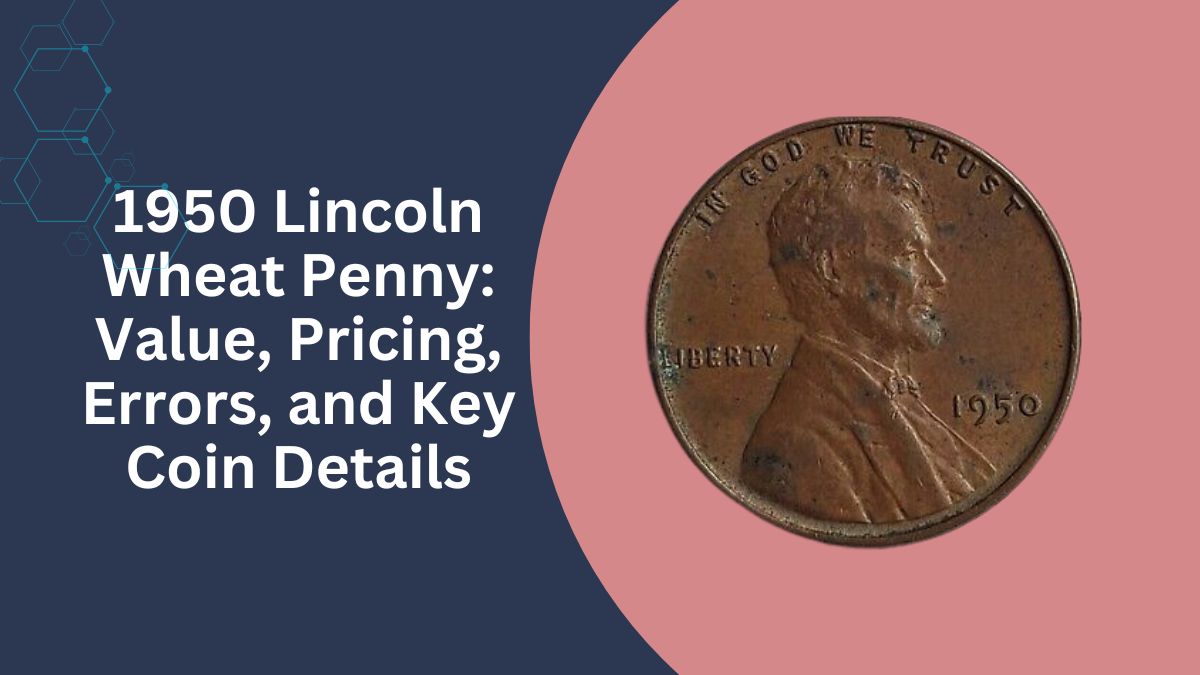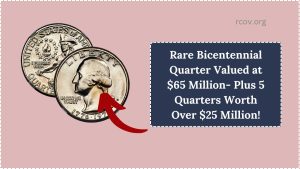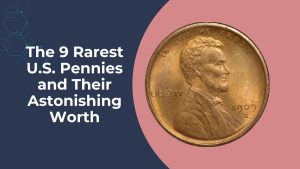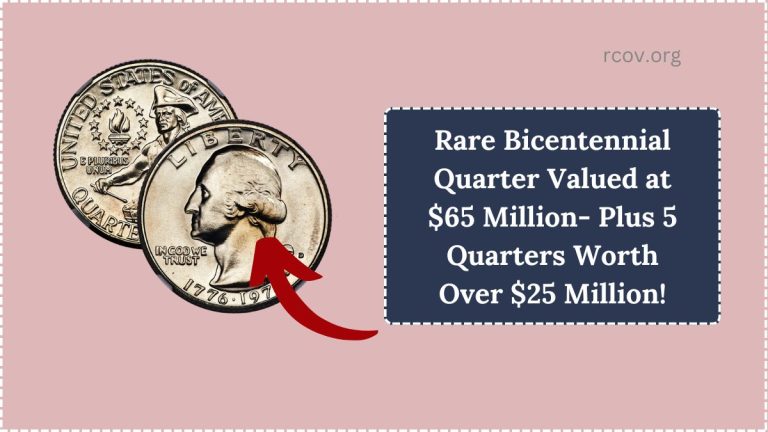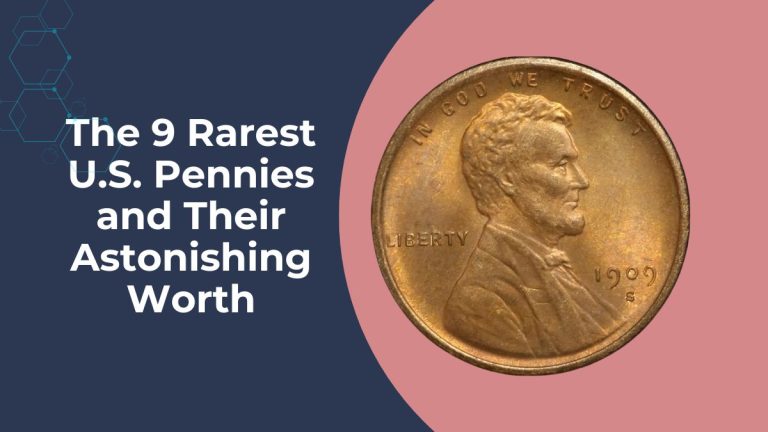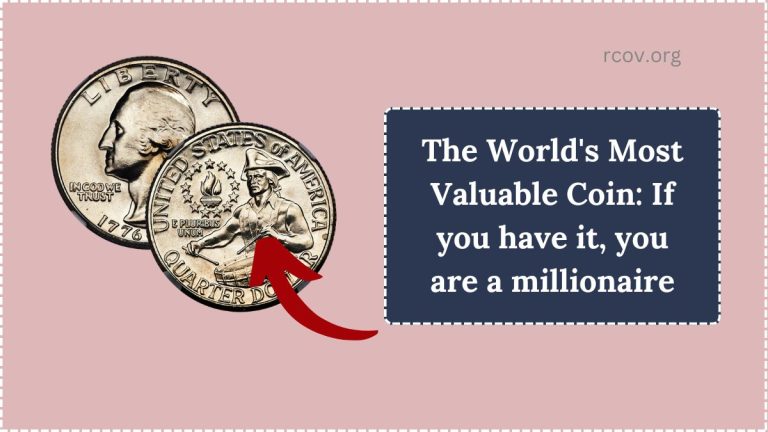The 1950 Lincoln Wheat Penny holds a significant place in numismatic history, appealing to both seasoned collectors and newcomers. Understanding its value requires a deep dive into its minting details, variations, errors, and current market prices.
Overview of the 1950 Lincoln Wheat Penny
The Lincoln Wheat Penny, minted from 1909 to 1958, features President Abraham Lincoln on the obverse and two wheat stalks on the reverse. The 1950 edition is notable for its substantial mintage across three U.S. Mint facilities: Philadelphia, Denver, and San Francisco.
Mintage Figures and Mint Marks
Each mint produced the 1950 Wheat Penny in varying quantities, identifiable by specific mint marks:
| Mint Location | Mint Mark | Mintage Quantity |
|---|---|---|
| Philadelphia | None | 272,635,000 |
| Denver | D | 334,950,000 |
| San Francisco | S | 118,505,000 |
Valuation Based on Condition and Mint Mark
The value of a 1950 Lincoln Wheat Penny depends on its condition (grade) and mint mark. Coins are graded on a scale from Good (G-4) to Mint State (MS-70). Below is a breakdown of estimated values:
| Condition/Grade | 1950 (No Mint Mark) | 1950-D (Denver) | 1950-S (San Francisco) |
|---|---|---|---|
| Good (G-4) | $0.03 | $0.03 | $0.05 |
| Very Fine (VF-20) | $0.12 | $0.14 | $0.18 |
| Extremely Fine (EF-40) | $0.23 | $0.23 | $0.29 |
| About Uncirculated (AU-50) | $0.41 | $0.41 | $0.41 |
| Mint State (MS-60) | $1.02 | $0.70 | $1.02 |
| Mint State (MS-63) | $2.41 | $2.41 | $2.41 |
Note: Values can vary based on market demand and specific coin characteristics.
Proof Coins
In 1950, the Philadelphia Mint produced 51,386 proof Lincoln Wheat Pennies. Proof coins are specially made for collectors, featuring sharp details and a mirror-like finish. The value of proof coins is generally higher than regular strikes:
| Proof Grade | Estimated Value |
|---|---|
| PR-63 | $84 |
| PR-67 | $225 – $260 |
Notable Errors and Varieties
Mint errors can significantly enhance a coin’s value. For the 1950 Lincoln Wheat Penny, notable errors include:
- BIE Error: A die break between the letters “B” and “E” in “LIBERTY,” creating the appearance of an extra “I.” These are relatively common and can add a small premium to the coin’s value.
- Repunched Mint Marks (RPM): Occurs when the mint mark is stamped more than once, leading to a doubled appearance. The 1950-S/S is a known RPM variety.
- Off-Center Strikes: Coins misaligned during striking, resulting in a portion of the design missing. The value depends on the degree of the off-center strike and coin condition.
- Coins Struck on Wrong Planchets: Rare instances where pennies were struck on dime or quarter planchets. In May 2022, a 1950 penny struck on a silver dime planchet graded MS-64 sold for $3,840.
Factors Influencing Value
Several factors affect the value of a 1950 Lincoln Wheat Penny:
- Condition: Higher-grade coins with minimal wear command higher prices.
- Color Designation: Copper coins are categorized as Brown (BN), Red-Brown (RB), or Red (RD), with RD coins being the most valuable due to their original luster.
- Rarity of Errors: Coins with unique errors or varieties are often more sought after by collectors.
Market Trends
The market for Lincoln Wheat Pennies remains robust, with collectors seeking high-grade examples and rare varieties. While circulated 1950 pennies are common and modestly priced, uncirculated and error coins can fetch significant premiums.
The 1950 Lincoln Wheat Penny is a fascinating piece for collectors, offering insights into mid-20th-century minting practices. Its value is influenced by mint mark, condition, color designation, and the presence of errors. Whether you’re a seasoned numismatist or a beginner, understanding these factors can enhance your appreciation and inform your collecting decisions.
FAQs
What is the most valuable 1950 Lincoln Wheat Penny?
A 1950-D Lincoln Wheat Penny graded MS-67+ sold for $15,275 in 2013, making it one of the most valuable known examples.
How can I identify a 1950 penny with the BIE error?
Look for a small vertical die break between the “B” and “E” in “LIBERTY,” resembling an extra “I.”
Do proof 1950 Lincoln Wheat Pennies have mint marks?
No, proof coins from 1950 were minted in Philadelphia and do not bear a mint mark.

